In today’s sand and gravel aggregate industry is facing the double challenges of intensified environmental pressure and rising energy costs, technological innovation has become the key to enhancing the competitiveness of enterprises. In the traditional crushing process, the unidirectional operation mode of “crush first and then screen” has long been restricting the operation cost and environmental performance of enterprises due to blind crushing, high repeated energy consumption, and sloppy control of particle size, etc. In recent years, “screen first and then break, screen more and less” has become the key to improving the competitiveness of enterprises.
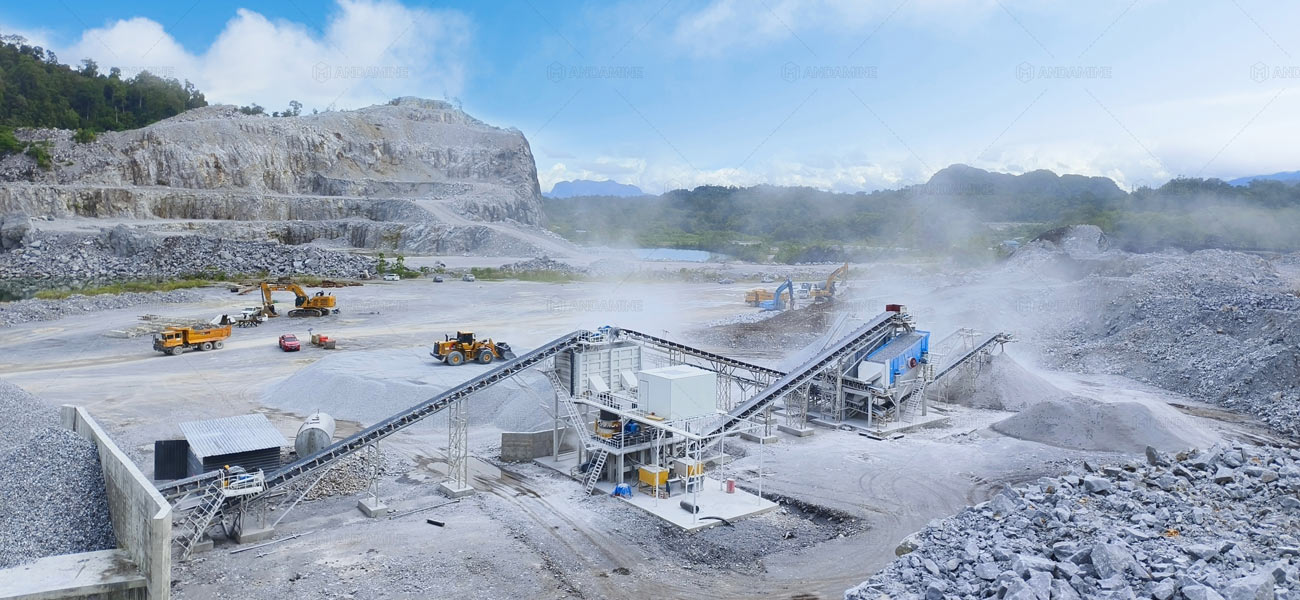
In recent years, the new process concept of “screening before crushing, more screening and less crushing” has gradually emerged, which not only achieves the double reduction of energy consumption and material consumption, but also promotes the upgrading of the crushing industry in the direction of intelligence and refinement through the technical logic of precise grading in the front, minimising ineffective crushing, and optimising the cycle of screening.
Limitations of the Traditional Crushing Process
The traditional crushing process usually adopts the mode of “crushing before screening”, i.e., the raw materials are crushed in several stages, such as coarse crushing, medium crushing, and fine crushing, and then graded by screening equipment. However, this model also has some disadvantages:
1. Blind crushing leads to energy waste
Before entering the crushing machine, the materials are not pre-screened, and a large number of “qualified particles” (such as naturally occurring fines in the raw ore) or “nearly qualified particles” close to the target size are forcibly fed into the crusher. For example, in the limestone crushing line, the raw ore may contain 15%-20% of the ≤ 10mm fines; these materials can be directly put into the finished product warehouse, but repeated crushing consumes about 30%-40% of the crusher’s electrical energy.
2. Transitional crushing aggravates equipment loss
When the material is over-crushed (e.g. crushing the target 20mm aggregate to less than 10mm), it will not only produce a large amount of worthless micro-powder (accounting for 10-15% of the total output), but also lead to abnormal wear and tear of the crusher liner, hammer head and other wear-resistant parts (the wear rate is increased by 2-3 times), and at the same time, increase the load of subsequent screening (the micro-powder is easy to block the screen holes, reducing the efficiency of the screening process).
3. Crushing process is fixed, dynamic adjustment is difficult
In the traditional process, screening is usually located at the end of the crushing process, and can only classify the final product, and can not intervene in the middle of the “invalid input”. When raw material particle size fluctuates (e.g., increased mud content during the rainy season) or product demand changes, the production line can only adapt by repeatedly adjusting the crusher parameters, resulting in large fluctuations in energy consumption that are difficult to control accurately.
Recognising these limitations, the industry has begun to seek a more efficient and rational process, which has created the conditions for the emergence of the new process concept of “screening before crushing, more screening and less crushing”.
What is the “Screening before Crushing, More Screening and Less Crushing”?
The core of the “screening before crushing, more screening and less crushing” process is to increase the screening link before crushing, to pre-separate the materials that meet the requirements of particle size, and only crushing the materials that do not meet the requirements, so as to achieve the goal of energy saving and consumption reduction.
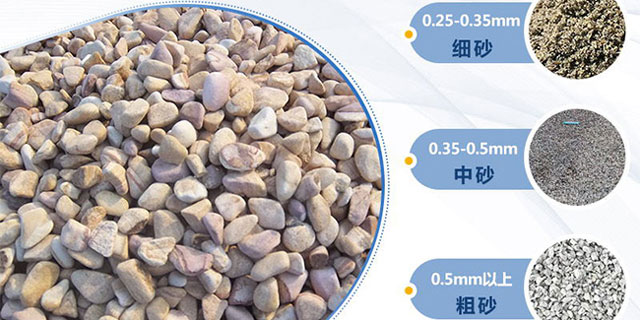
Process innovation:
Before the raw material enters the crushing plant, screening equipment (such as tumbler screen, grizzly screen, vibrating screen, etc.) is used to pre-treat the material, and the raw material is divided into three categories: qualified material smaller than the required size, intermediate-grade material that needs to be crushed, and oversize material that needs to be crushed first.
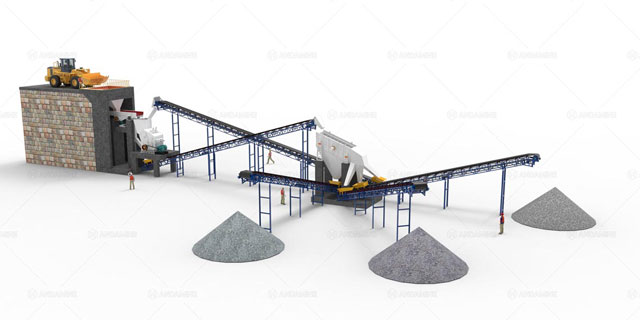
Optimisation of equipment configuration:
According to the material characteristics and product requirements, the number and type of screening equipment and crushing equipment are reasonably configured to form a multi-stage screening and selective crushing process.
4 Main Technical Advantages of This Crushing Process
After understanding the core concept of this new process, it is not difficult to identify the multiple technical advantages it offers.
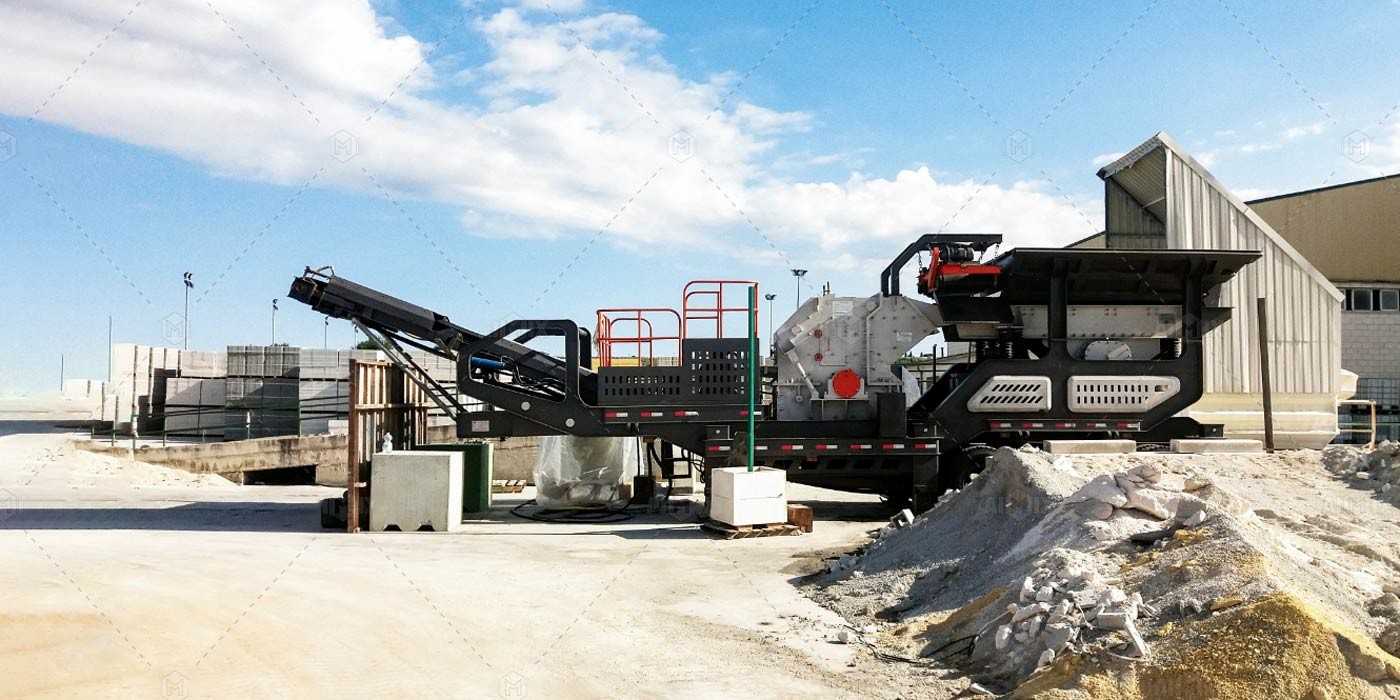
Remarkable energy saving and consumption reduction
The implementation of the “screen before crushing” process can bring significant energy saving effects: avoiding repeated crushing of qualified materials, reducing crusher plant energy consumption by 30%-40%; reducing equipment idling and light-load running time, improving power utilisation; reducing the total installed capacity of the system, and reducing the initial investment.
Reduced equipment wear and maintenance costs
After qualified materials are screened out in advance, the total amount of materials passing through the crusher is reduced, which significantly reduces the wear rate of wearing parts (e.g., hammerheads, plate hammers, liners, etc.). Practical applications show that the service life of the hammer head can be extended by more than 40%, and the annual spare parts and maintenance costs can be reduced by 25%-35%.
Improved product quality and yield
By pre-screening impurities and soil, the quality of incoming materials is improved; over-crushing of qualified materials is avoided, and the product size distribution is optimised; the system capacity is increased by 20%-30%, as the crusher only handles materials that need to be crushed, and the processing capacity is better utilised.
Enhanced system flexibility and adaptability
The process can be flexibly adjusted according to the change of raw material particle size; it is easy to realize the simultaneous production of multiple products; it is easier to adapt to the change of raw material properties and improve the stability of the production line.
How to Effectively Implement the Innovative Crushing Process?
With these technical advantages fully recognised, the key question is how to implement this innovative process effectively.
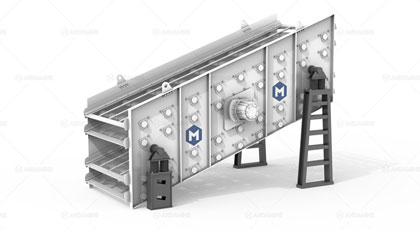
Select the Screening Equipment
- Pre-screening equipment selection: according to the characteristics of raw materials to choose the appropriate screening equipment. For viscous materials, tumbler screen can be used; for dry materials, vibrating screen can be used; for large particle size materials, grizzly screen can be used.
- Multi-layer screen configuration: adopt a two or three-layer screen design to achieve multi-level classification of materials. For example, the first layer of screen mesh separates oversized materials (>100mm), the second layer separates intermediate materials (30-100mm), and the third layer separates qualified products (<30mm).
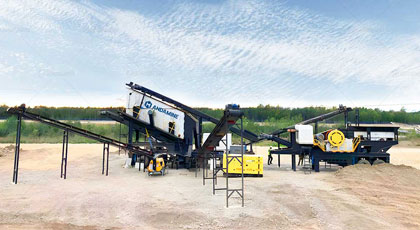
Optimize the Design of the Crushing Process
- Combination of segmental crushing and screening: adopt a multi-segmental screening process of screening before coarse crushing, screening before medium crushing and screening before fine crushing to achieve the goal of “more screening and less crushing”.
- Closed-circuit design: the screening equipment and crushing equipment form a closed-circuit cycle to ensure that only the unqualified materials enter the crusher machine and qualified materials are separated in time.
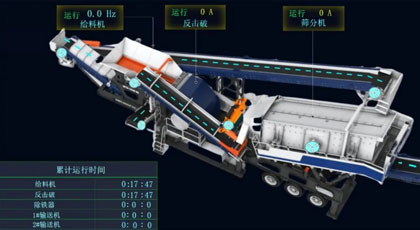
Control Intelligent Operating System
- Intelligent feeding control: automatically adjust the feeding speed according to the crusher load to achieve balanced production; automatically adjust the screening parameters according to the material particle size distribution to optimise the classification effect.
- Online monitoring and adjustment: install online particle size monitoring equipment to detect the product particle size in real time and adjust the crusher parameters with automatic feedback; set up an expert control system to optimise the process parameters according to the raw material changes.
Difficulties and Solutions in the Implementation of Crushing Process
Despite the obvious advantages of this process, there are still some challenges to be encountered during the actual promotion and application. Below, we share with you some of the problems and solutions that may arise:
Material Sticking and Clogging ProblemFor materials with high soil content and high humidity, it is easy for the screen mesh to stick and block during the screening process.
Solutions include: selecting anti-sticking screen mesh (e.g. rubber screen mesh, polyurethane screen mesh); installing screen mesh clearing devices (e.g., bouncing ball, ultrasonic clearing system); and appropriately increasing the inclination angle of the screen mesh to improve the fluidity of the material.
Process Layout ChallengesThe “screen-and-break” process requires additional screening equipment, which poses a challenge to the existing site layout.
Compact screening equipment (e.g., multi-deck vibrating screens) can be used; a three-dimensional layout can be used to take advantage of the height of the space; and the existing production line can be modified in sections to reduce downtime.
Balancing investment and returnAdding new screening equipment requires some investment, and companies need to evaluate the payback period.
Typically, cost savings from energy efficiency benefits can pay for themselves within 1-2 years; consider the combined benefits of increased capacity and reduced maintenance costs.
Future Development Trends of Crushing Technology
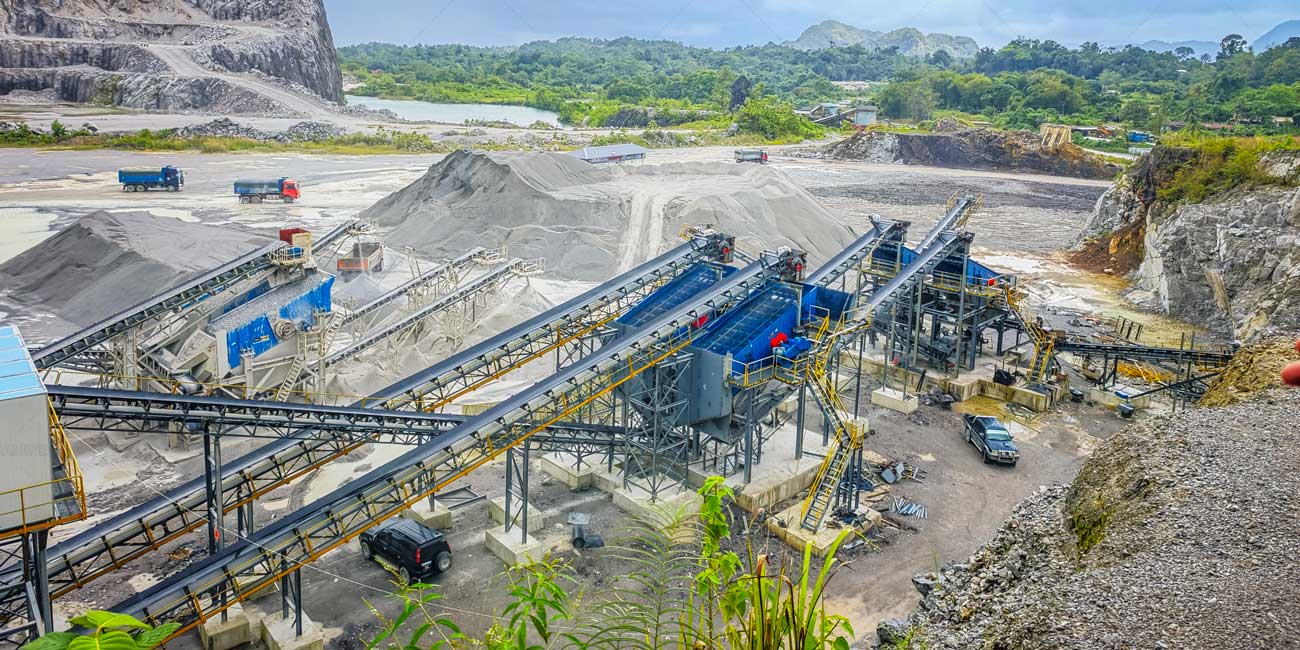
Intelligent screening technology
Fine-grading technology
Green and low-carbon direction
“Screening before crushing, more screening and less crushing” is not only a technological innovation of crushing process, but also an inevitable choice for the green transformation of the industry. Through the core logic of “accurate grading to reduce ineffective energy consumption and cyclic regulation to optimise overall efficiency“, it provides a comprehensive solution of “energy saving and consumption reduction, quality improvement and efficiency enhancement, and environmental friendliness” for the fields of mining, building materials, metallurgy and so on. With the continuous progress of technology and application, this concept will provide a strong impetus for the sustainable development of the sand and gravel aggregate industry.
For crushing enterprises, the early adoption and implementation of this new process concept can not only reduce production costs and improve market competitiveness, but also actively respond to the call for energy saving and emission reduction, contributing to the green transformation of the industry.

